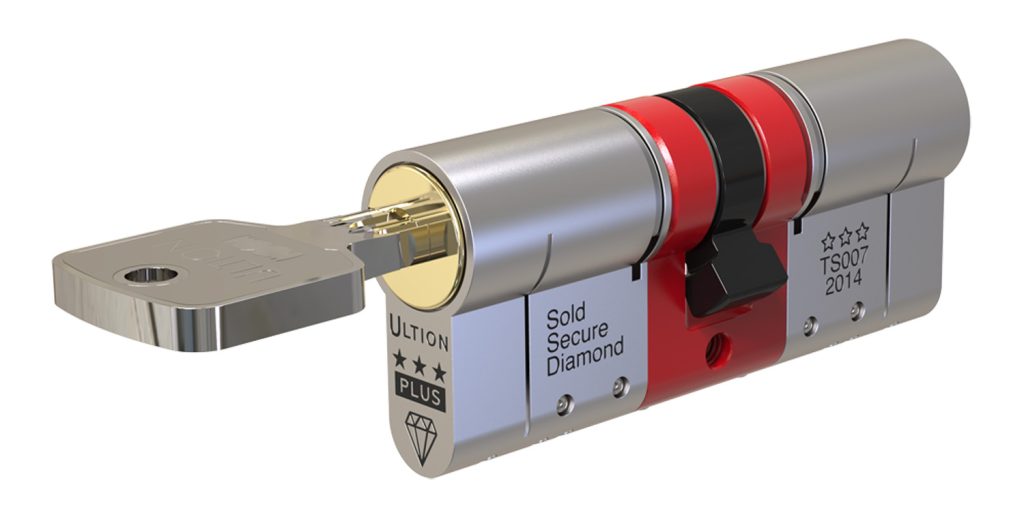Installing Euro Cylinders

1. Remove the old
Assuming you are replacing an existing lock - the current euro cylinder will be held in place with a central screw that is located on the face edge of the door. To remove the lock, you need to first remove this central screw.
Once removed, insert the key and turn 45 degrees either left or right (depends on which side you insert the key).
To find the "sweet spot" where the cam shaft lines up with the cylinder body (allowing it to pull free of the door), with the key inserted, try turning it and pulling the lock gently towards you. When it aligns you'll feel the lock start moving.
You need to turn the key as the central cam is offset when the key is removed and prevents you from removing the cylinder. Turning the key 45 degrees will align the cam flush with the cylinder body and allow you to remove it from the door.
If you turned the key the right amount and direction the lock will start to move and slide out the door.
2. Measure
When measuring for a Euro Cylinder the easiest way is measure the one you are replacing.
Measure from one end of the cylinder to the centre of the central screw hole, then repeat the process for the other side. This will give you the size of cylinder you need to match.
You need to measure both halves of the cylinder as some cylinders are offset so the 2 halves are different lengths.
3. Install
Once you have your replacement, simply repeat Step 1 in reverse.
- Insert the key and turn the cam shaft so it is flush with the cylinder body.
- Insert the cylinder into the door - if you have the correct sized cylinder, inserted the correct way round, you will align the central screw hole in the cylinder with the corresponding hole in the face edge of the door.
- Insert the fixing screw through the face edge of the door into the cylinder's central screw hole. Tighten the screw to fix the lock in place.



